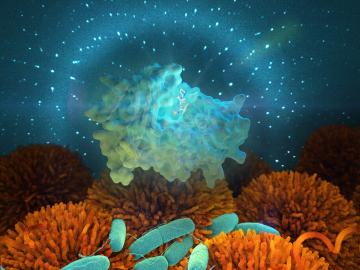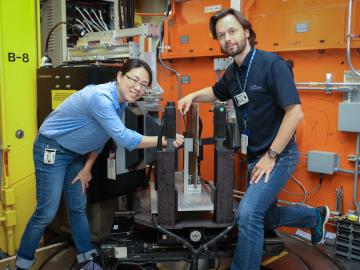Filter News
Area of Research
News Type
Media Contacts


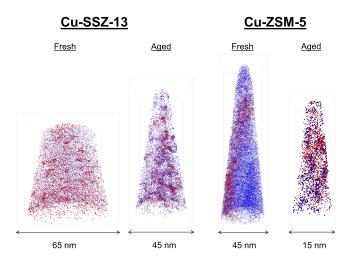
Diesel vehicles today emit far fewer pollutants than older vehicles, thanks to a zeolite (hydrous silicate) catalytic converter that was invented around 10 years ago to reduce pollutants that cause the formation of acid rain and smog. Although many groups have investigated t...

Deep neural networks—a form of artificial intelligence—have demonstrated mastery of tasks once thought uniquely human. Their triumphs have ranged from identifying animals in images, to recognizing human speech, to winning complex strategy games, among other su...
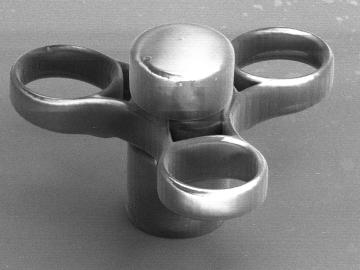
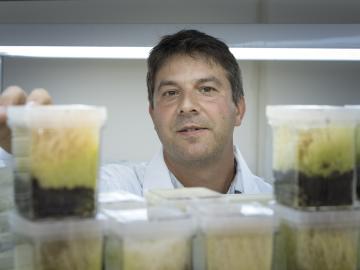
David Weston became fascinated with plant genetics and ecology in college, and now with the support provided by the DOE Office of Science Early Career Research Program, he will link those fields as he studies plant-microbe symbiosis. The research will focus on sphagnum moss, a dominant plant of n...
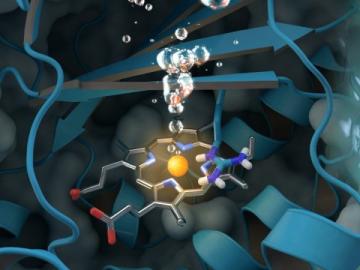
A new study sheds light on a unique enzyme that could provide an eco-friendly treatment for chlorite-contaminated water supplies and improve water quality worldwide. An international team of researchers led by Christian Obinger from the University of Vienna used neutron analys...
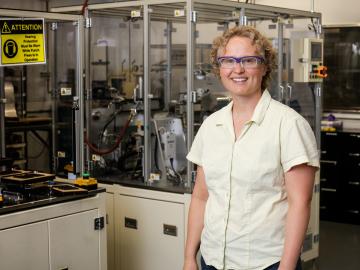
In the quest for better batteries, Rose Ruther has found that the positives nearly always outweigh the negatives, and that’s what keeps her coming back to the lab. Ruther works on novel materials to create batteries with higher energy density at a lower cost as part of the Roll to Roll Manufactur...
